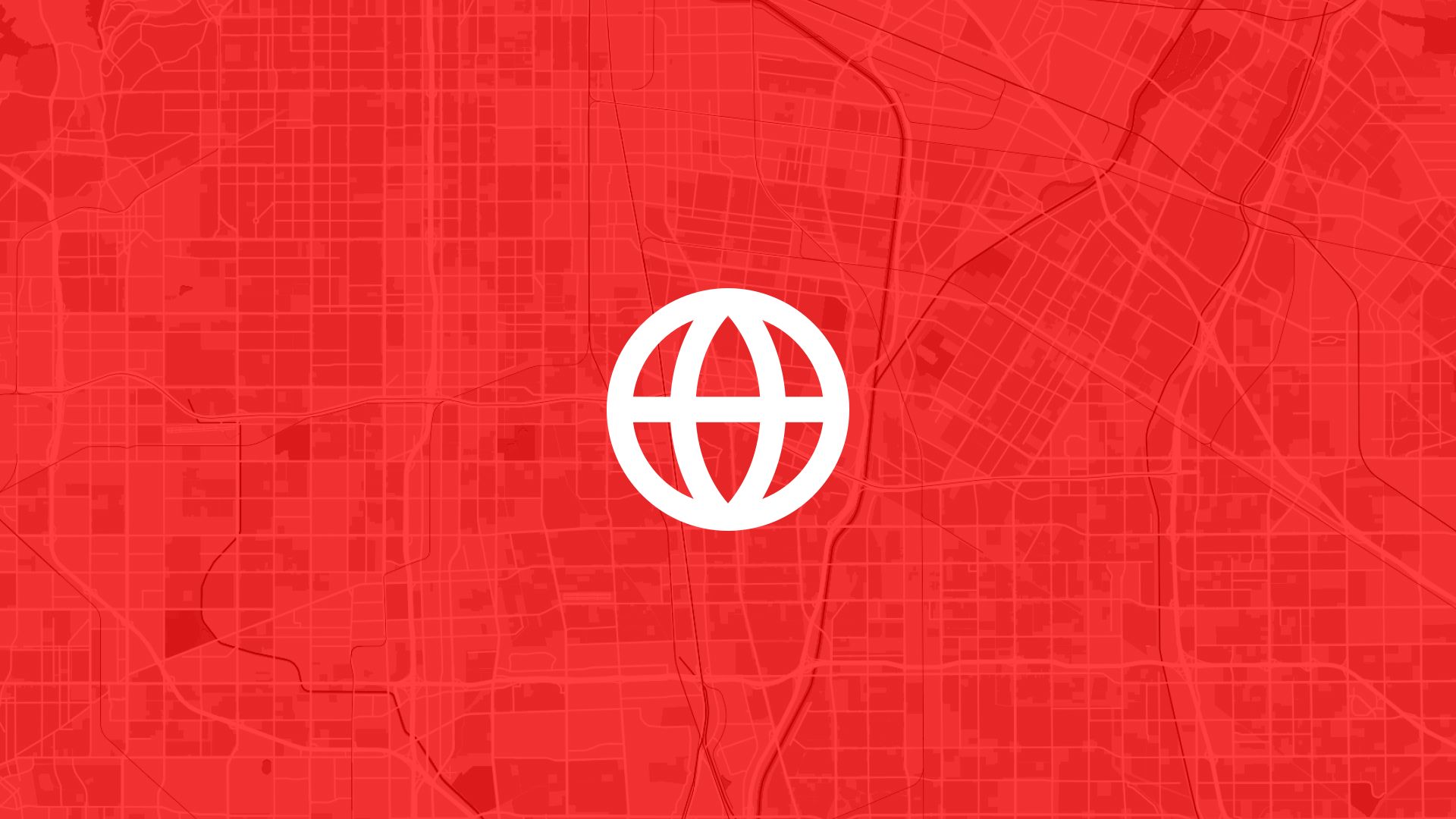In the digital age, municipalities are increasingly leveraging cloud-based Geographic Information Systems (GIS) to improve service delivery, enhance decision-making, and foster community engagement. Cloud GIS platforms offer municipalities unprecedented capabilities in data analysis and visualization, enabling them to address urban challenges with greater efficiency and insight. Let's delve into how cloud GIS is transforming municipal operations.
What is Cloud GIS?
Cloud GIS refers to GIS software hosted on remote servers, allowing users to access geographic data and tools via the internet rather than traditional desktop applications. This model offers several advantages, including scalability, cost-efficiency, and real-time collaboration.
Advantages of Cloud GIS for Municipalities
1. Accessibility and Collaboration
With cloud GIS, municipal teams can access data and applications from any location with an internet connection. This facilitates collaboration across departments and with external partners, encouraging more integrated planning and operations.
"Atlas is redefining geospatial analysis and mapping, taking it out of complex, costly software and making it accessible from any browser."
2. Cost-Effectiveness
Traditional GIS implementations can be expensive, requiring significant investments in hardware, software licenses, and maintenance. Cloud GIS reduces these costs, shifting the expenditure to a subscription model that includes updates and support, making advanced geospatial technology accessible to municipalities with limited budgets.
3. Scalability and Performance
Cloud GIS platforms can handle vast datasets efficiently. As the needs of a municipality grow, cloud services can scale up without the need for significant hardware investments. This ensures consistent performance even as data volumes and user numbers increase.
4. Real-Time Data and Analytics
Real-time data is crucial for urban management and planning. Cloud GIS allows for the integration of live data streams, such as traffic patterns or weather conditions, into GIS models. This capability supports dynamic decision-making and rapid response in critical situations.
Applications in Municipal Services
1. Urban Planning and Development
Municipal urban planners leverage cloud GIS to analyze land use patterns, assess zoning compliance, and predict infrastructure needs. Tools like QGIS and Atlas support detailed spatial analysis and visualization, aiding in the efficient development of urban areas.
2. Public Safety and Emergency Management
Cloud GIS aids in disaster preparedness and response by providing tools for mapping risk zones, coordinating emergency services, and visualizing critical infrastructure. These systems are vital for simulations and real-time tracking during emergencies.
3. Infrastructure Management
Municipalities manage vast elements of infrastructure, from roads to water supplies. GIS systems enable asset tracking, maintenance scheduling, and support data-driven decisions that extend the life of municipal assets.
4. Environmental Monitoring
Raster data from satellite imagery can be used to monitor environmental conditions, measure air quality, and assess the impacts of climate change. GIS tools provide a clear visualization of environmental data, informing sustainability initiatives and policy development.
Case Study: Enhancing Public Transportation
Cities like San Francisco have integrated cloud GIS with public transit systems to improve efficiency and user experience. By analyzing transit routes and passenger data, they optimize schedules, reduce congestion, and improve service delivery. Visualization tools such as Google Maps Platform provide the framework for route planning and monitoring.
Overcoming Challenges
Despite its benefits, implementing cloud GIS in municipalities faces challenges such as data privacy concerns, technological adoption barriers, and the need for skilled personnel. Investing in training and establishing robust data governance practices are essential steps in mitigating these issues.
Municipal leaders must also navigate the complexities of integrating disparate data sources and ensure inter-departmental cooperation to fully realize the potential of cloud GIS technologies.
Future Prospects
The future of cloud GIS in municipal settings is promising, with continuous advancements in technology offering deeper insights and broader applications. Enhanced artificial intelligence and machine learning capabilities within GIS will enable predictive analytics for better urban planning and resource management.
Moreover, as cloud GIS becomes more embedded into daily operations, citizens themselves are likely to benefit from increased transparency and engagement through public access to municipal GIS data and visualization platforms.
Municipal governments exploring cloud GIS will find it to be a powerful ally in crafting more livable, sustainable, and resilient communities. As more cities adopt these technologies, the collective knowledge and innovations will undoubtedly lead to smarter urban environments worldwide.
How Atlas Supports Cloud GIS for Municipalities
Atlas provides a robust cloud-based GIS platform specifically designed to meet the needs of municipalities. Here are several ways Atlas is revolutionizing municipal operations with cloud GIS:
Ease of Use and Accessibility
Atlas eliminates the need for complex software installation. It operates entirely in the cloud, which means municipal teams can access it from any browser, ensuring ease of use and accessibility. This browser-based approach allows users of varying technical skills to create maps and analyze data without extensive training.
Real-Time Collaboration
One of Atlas's standout features is its support for real-time collaboration. City planners, engineers, and other municipal employees can work together seamlessly, sharing insights and making concurrent updates to GIS projects. This capability is essential for coordinated efforts across multiple departments, such as urban planning and emergency management.
Cost Efficiency
By operating on a subscription model, Atlas reduces the financial burden associated with traditional GIS software. Municipalities can avoid substantial upfront costs and ongoing maintenance expenses, which is particularly beneficial for cities with limited budgets. This model makes advanced geospatial technology attainable for all municipal governments.
Scalable Solutions
Atlas handles large datasets with ease and can scale to meet the growing demands of urban data. As a city expands and more data is collected, Atlas can adjust without the need for additional hardware investments, ensuring consistent high performance.
Powerful Analytical Tools
Atlas supports both raster and vector data processing, providing powerful tools for converting and analyzing various data types. This flexibility allows municipalities to leverage diverse data sources for comprehensive urban analyses, such as infrastructure management, environmental monitoring, and public safety operations.
Engaging Visualizations
Atlas empowers users to create visually compelling maps that help communicate complex spatial information effectively to stakeholders and the public. These maps can be customized extensively to fit specific municipal needs, using different styles and formats.
Data Security and Compliance
Understanding the critical nature of data privacy and security, Atlas incorporates robust features to safeguard municipal data. Maintaining compliance with established data governance and security measures helps protect sensitive information, fostering greater confidence in cloud GIS solutions.
Overall, Atlas is a transformative tool for municipalities looking to adopt cloud GIS. Its emphasis on user accessibility, cost-effectiveness, scalability, and real-time collaboration enables local governments to manage urban challenges more efficiently and connect with their communities more effectively. As cloud GIS technology advances, platforms like Atlas will continue to be integral to smart city initiatives and the creation of sustainable urban environments.





